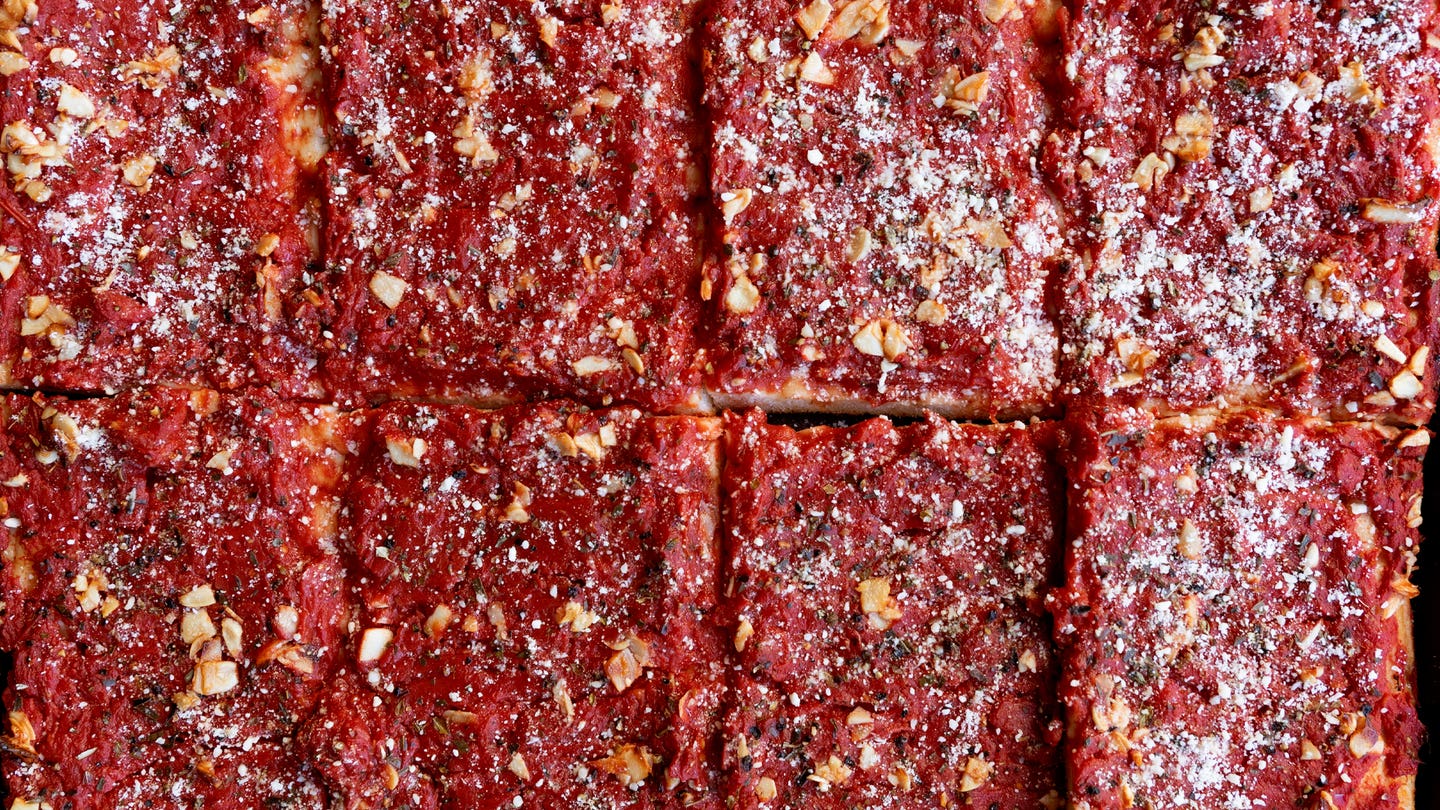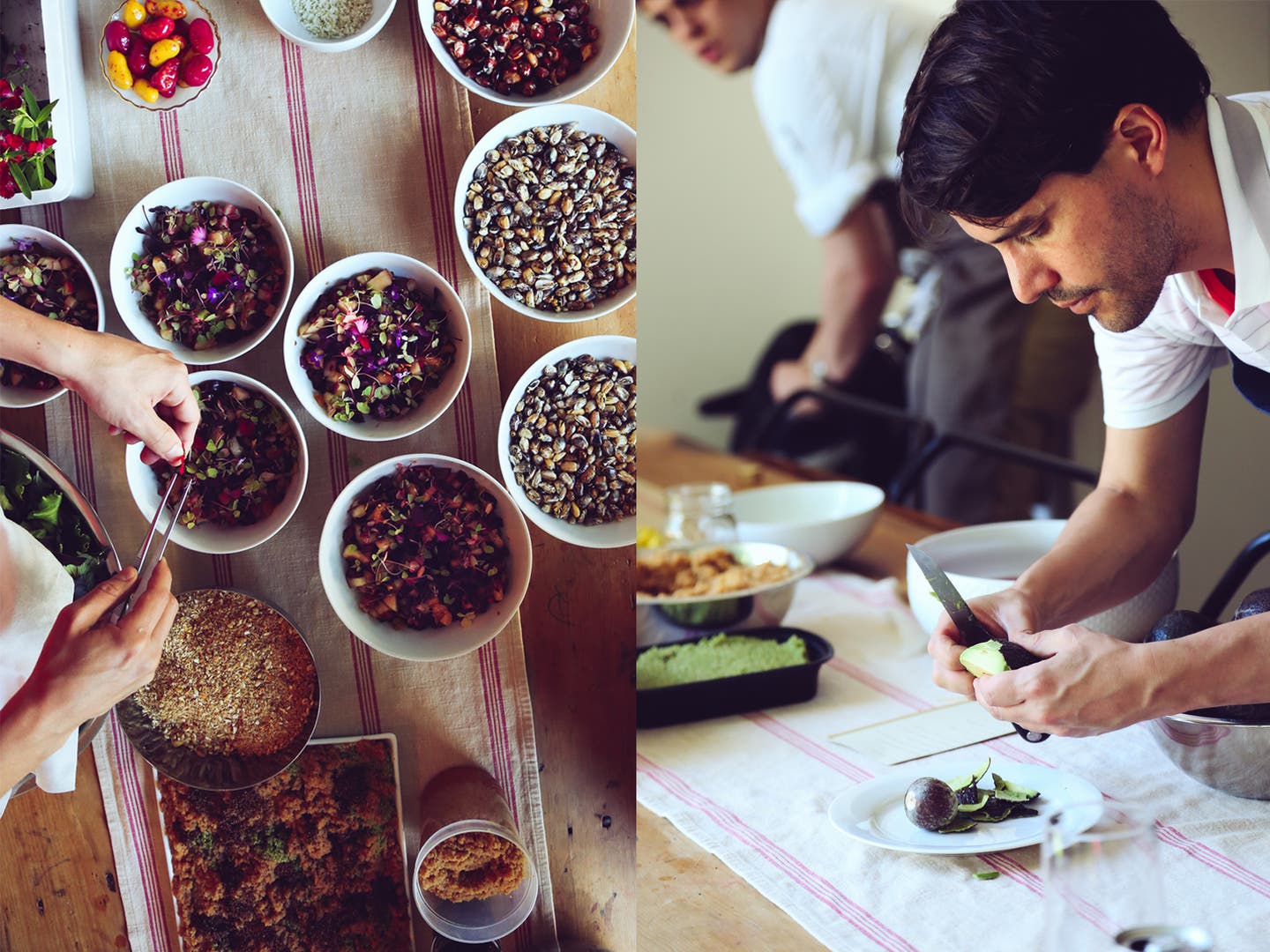
Virgilio Martínez Would Like You to Try Some Edible Clay
This award-winning culinary anthropologist chases the ingredients and heritage of a nation’s multi-faceted cuisine
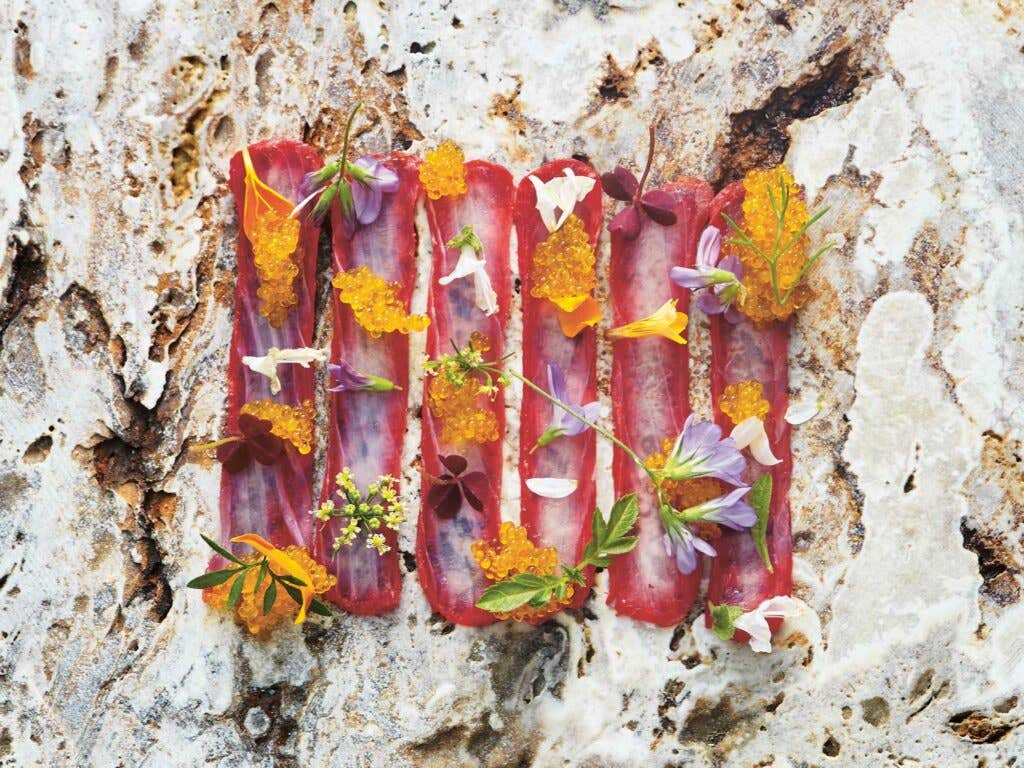
Chef Virgilio Martínez's coca leaves do not look like leaves. And they don't smell like coca. They're dark green, almost brown. Their consistency is like a thin wafer of shale—brittle and prone to disintegrating. He explains what they are and where they come from with the patience of a person who is used to simplifying things for a foreign audience. He's in New York, "bringing Lima to Brooklyn," for a dinner at SAVEUR Editor-in-Chief Adam Sach's home.
“We dried these coca leaves. See?” He says, holding the leaf up. He cracks it in half and pops it in his mouth and smiles. It’s only one of many Peruvian ingredients he’s brought from home, tubers and spices and herbs that aren’t just unfamiliar to us in the States, but even to many Peruvians.
Martínez works with things like those coca leaves every day at his restaurant Central in Lima, Peru. The Michelin-starred chef brings traditional and forgotten Peruvian ingredients into a new time and setting, repurposing them into dishes that lure diners from the around the world (just look at Central's reservations page—if you think you can just show up and get a table, think again).
His goal isn’t just to put creative new spins on these heirlooms. Like Sean Brock in Charleston and Travis Milton in Richmond, Martínez is trying to shove traditional ingredients like coca, ancient grains, and even edible clay in the public eye—not just to celebrate them, but to help save them from possible extinction.
Peru's long history, indigenous groups, and robust immigrant population make it one of the most culturally diverse countries in Latin America, which is reflected in a cuisine Martínez says would be "contradictory" anywhere else. Modern Peruvian cuisine has readily absorbed influences from Asia and elsewhere, and a revolutionary new wave of Peruvian chefs is pushing the nation's cooking in new directions every day. But even in a food culture that welcomes change and adaptation, it's not always easy to convince diners that the ethos of their food lies as much in its past as in its future.
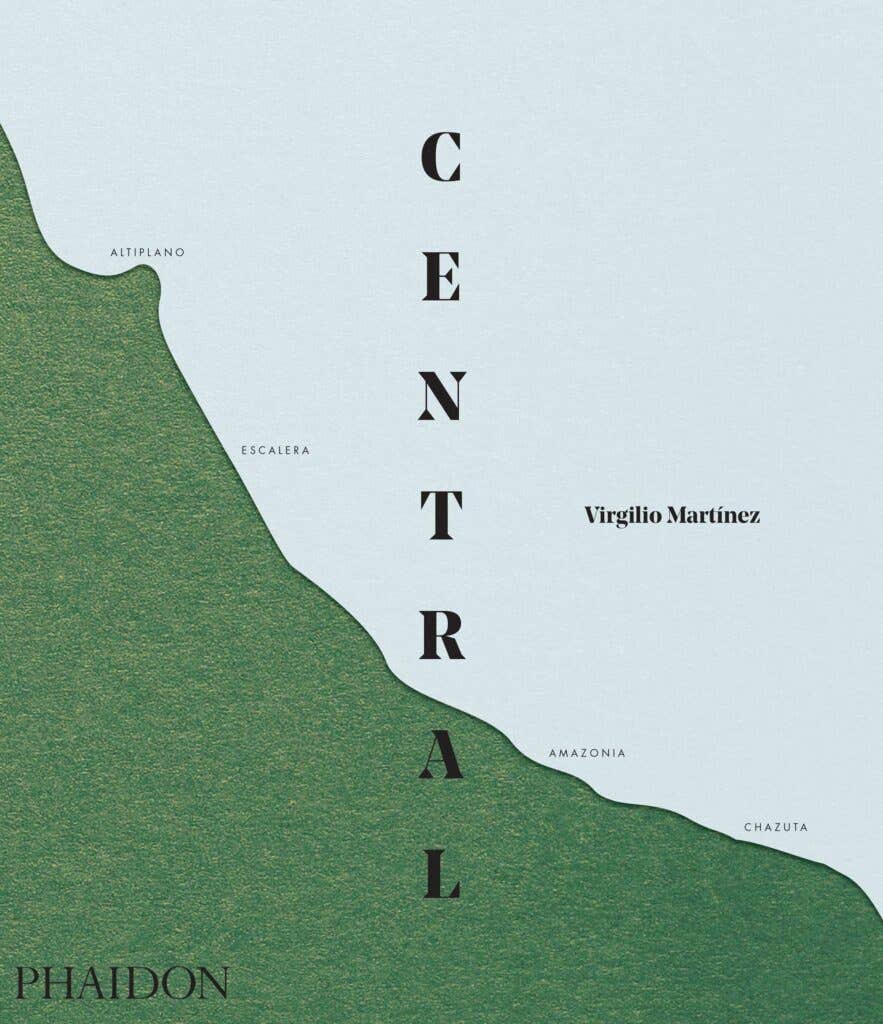
Martínez, who grew up in Miraflores, an upscale neighborhood in Lima, opened Central in 2008 after his semi-professional skateboarding career ended with two shoulder injuries. In a book he co-authored with Nicholas Gill, also called Central (Phaidon, October 2016), he says it took time for him to find his own way of cooking Peruvian food. When the restaurant closed due to permit issues, he and his wife, Pía, decided he needed to "understand the world of the suppliers, producers, and farmers" the restaurant had been working with. With an opportunity to explore Peru's resources, he started Mater Iniciativa, the part of the restaurant that scours Peru for new ingredients to bring to Central's table.
That's how Martínez discovered the edible clay, or chaco, that he uses to garnish a chocolate dessert. It comes in a texture similar to the coca, brittle, in strips and triangles with rough edges. He grabs handfuls of it, closing it in his fingers and breaking it into small pieces, to add an extra dimension of earthiness to the dish.
At Central, the menu is organized by the altitudes, in an effort to give a holistic yet idiosyncratic portrait of Peru’s diverse ecology. The cookbook is organized the same way. This clay comes from the Altiplano, a region of the high Andes that Martínez describes as “flat and the color of straw.” The Altiplano sits at 12,795 feet above sea level. The next chapter in the book covers the Escalera, which sits at 2,625 feet, and it gives Martínez a whole new set of ingredients to work with.
It's a more cerebral approach to a restaurant (and cookbook) than Martínez's other project, Lima, a restaurant serving Peruvian food in London (and a cookbook of the same name focused on more casual dining). It doesn't feature the multi-colored potatoes or striated corn kernels that form Central's menu. It's about the Peruvian food we think about when we think of Peruvian food: ceviche, empanadas, quinoa. Central is where Martínez is free to explore a more nuanced idea of Peruvian culinary identity.
As part of that exploration, the people he gets his ingredients from wind up as important as the food itself. Central’s suppliers are all people Martínez has met in person through expeditions throughout the country, often literally by hiking there.
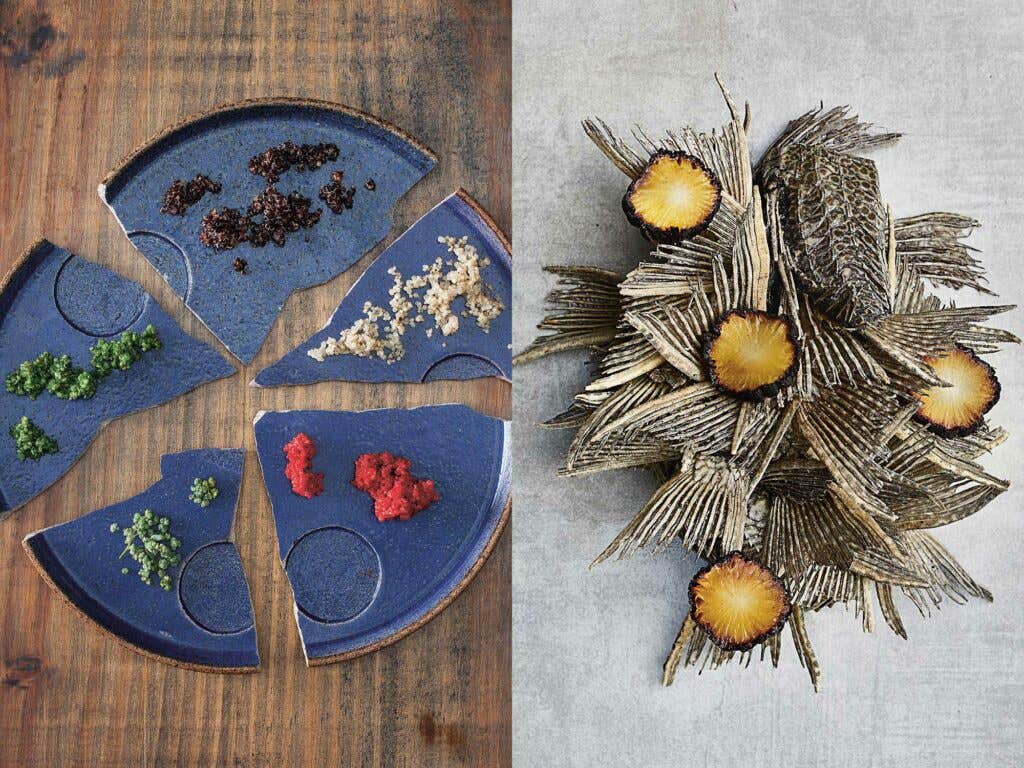
"We speak to the people and we somehow start to understand what they eat, how they eat, and their traditions," he says. "We are taking ingredients, but we're not just taking ingredients. We have to respect their traditions." That isn't easy when these locals don't share the same customs, or even speak the same language. In a profile in the Wall Street Journal, Martínez describes a time he didn't quite understand his local guide's Quechua. Martínez says, "[The guide] said something like, 'It makes the air better,' and I took that to mean that it's good for breathing when she actually meant they believe it has the power to stop the wind. It got stuck in my throat for a while; very uncomfortable."
Accidental asphyxiation aside, the effort isn’t easy. “It would be easy to cook with things we know. The difficult thing is when you go and get things that are difficult to find...there’s always a reason why these things are not getting to the city.” Indigenous populations growing these foods often live far away from urban areas, and there are few supply chains to bring them to cities. Which is why he feels that if Peruvian chefs ignore them, “there’s a big chance we’ll lose them because the producers or people working in the fields will start to get tired of trying to promote their products without success.”
Take, for instance, the potato. Peru is home to over 3,000 varieties, of which Martínez has tasted around 400. On this warm afternoon in New York, Martínez has giant containers of fresh tubers in orange, red, and yellow. Absent are the tocosh variety, a potato that readily ferments into something that, to the uninitiated, smells so funky you wouldn't feed it to your pet. But Martínez speaks of it the way Spanish chefs revere fine Iberico ham: "It takes years and years to develop, since it depends on the harvest and the way [farmers] were preserving potatoes. So I think it has a lot of meaning, a lot of symbolism, because you're keeping your identity and your ingredients using a potato."
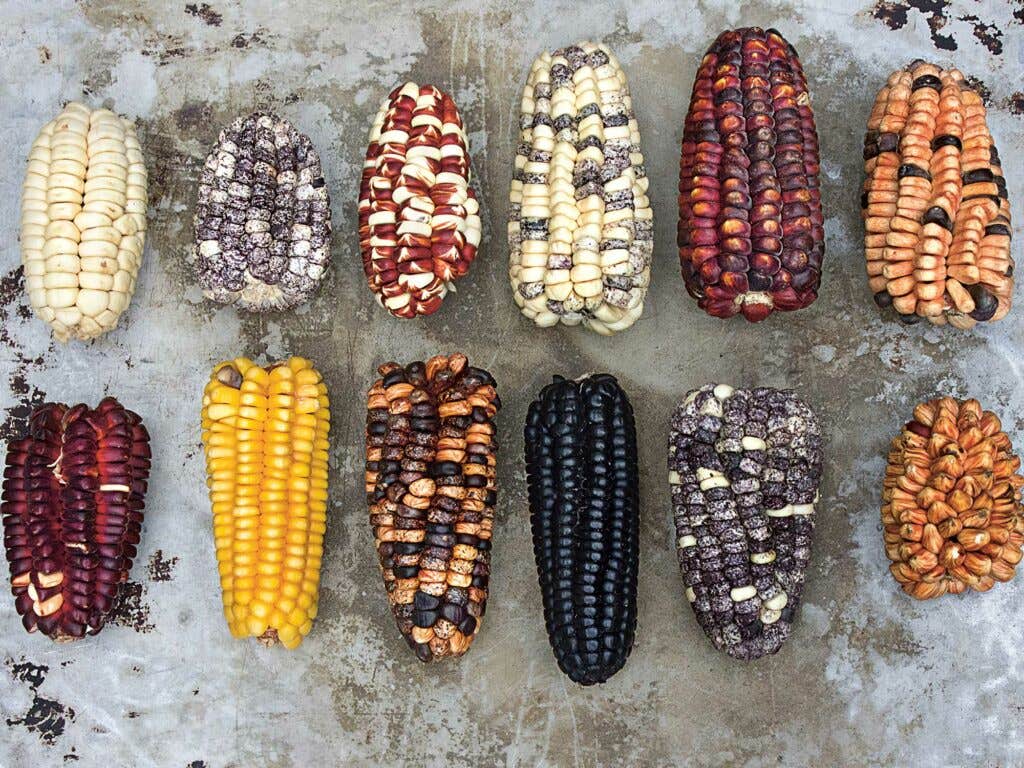
It’s not easy to make people appreciate such a stinky, sticky tuber. When the Central team found it, they had to fly it back to Lima, and the plane’s passengers were not thrilled. But after experiments in their test kitchen (ranging from freezing to breaking it down with different ingredients), they found it made an excellent thickener for liquids. They can also dehydrate the skin and fry it, but in his book he says they’re still working on it.
The reactions are mixed from the producers too, despite Martínez’s attempts to connect with local communities. Martínez and his team sometimes cook for the indigenous populations they work with, and while some of them love the food, it’s hardly unanimous.
“Sometimes they hate our foods. They have this connection with nature, and these plants are their medicine. So when they see us cooking with their medicines, they just laugh.”
But Martínez is undeterred. “We have to feel the obligation [to work with them]. It’s connecting to people, helping these people, working with them. It's just something good.”
Keep Reading
Continue to Next Story









